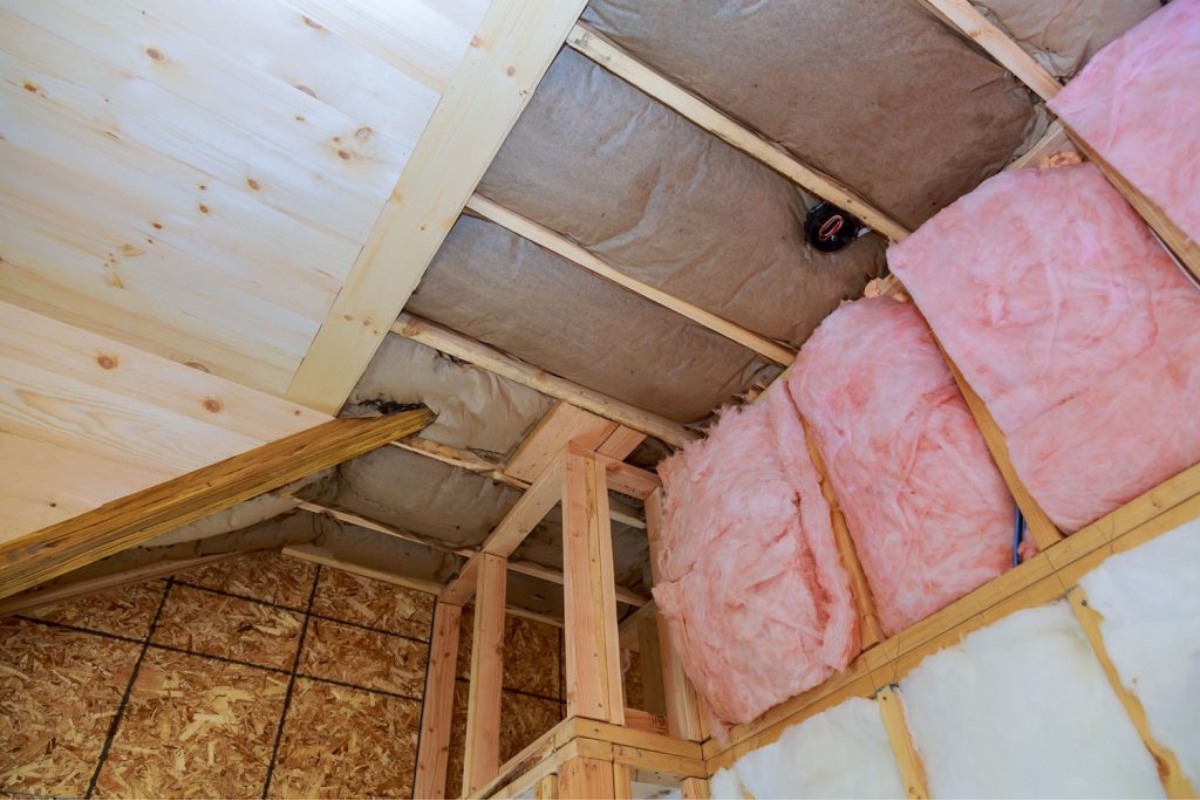

Articles
How Thick Is R-13 Insulation
Modified: October 31, 2024
Learn all about R-13 insulation thickness and how it impacts energy efficiency in your home. Discover articles on installation, benefits, and more.
(Many of the links in this article redirect to a specific reviewed product. Your purchase of these products through affiliate links helps to generate commission for Storables.com, at no extra cost. Learn more)
Introduction
Welcome to our comprehensive guide on R-13 insulation and its thickness! When it comes to insulating your home, you want to make sure you choose the right materials. Proper insulation can significantly impact your energy efficiency and comfort levels. R-13 insulation is a popular choice for many homeowners, but determining its thickness can sometimes be confusing.
In this article, we will explore what R-13 insulation is, delve into the factors that influence its thickness, discuss the benefits of using R-13 insulation, and provide some installation considerations. By the end, you’ll have a clear understanding of R-13 insulation and its role in your home’s thermal performance.
So let’s jump right in and learn all about the thickness of R-13 insulation!
Key Takeaways:
- R-13 insulation, with its optimal R-value and standard thickness, offers a cost-effective solution for improving energy efficiency and thermal comfort in residential buildings.
- Factors such as climate, building codes, and stud spacing influence the actual thickness required for R-13 insulation, making it essential to consider these when planning for installation.
Read more: How Thick Is R-38 Insulation
What is R-13 Insulation?
R-13 insulation is a type of thermal insulation commonly used in residential buildings to reduce heat transfer and improve energy efficiency. It belongs to the category of fiberglass insulation, which is made from glass fibers that are spun into a soft, fluffy material.
The “R” in R-13 insulation stands for thermal resistance, which is a measure of how well a material can resist the flow of heat. The higher the R-value, the better the insulation’s ability to prevent heat transfer. R-13 insulation specifically has an R-value of 13 per inch of thickness.
This type of insulation is typically used in exterior walls, ceilings, and floors to provide resistance against heat flow and maintain a comfortable indoor temperature. It can be installed in both new construction projects and as a retrofit in existing homes.
R-13 insulation comes in batts or rolls, which are easy to handle and install. The batts are precut to fit between standard stud spacing, making them convenient for wall insulation. They are typically faced with a vapor barrier to prevent moisture from penetrating the insulation.
It’s important to note that R-13 insulation is not suitable for all climates and applications. The appropriate insulation thickness and R-value may vary depending on factors such as climate zone, local building codes, and energy efficiency requirements. Consulting with a professional insulation contractor can help determine the best insulation solution for your specific needs.
Now that we have a basic understanding of what R-13 insulation is, let’s explore the different factors that influence its thickness.
The Thickness of R-13 Insulation
The thickness of R-13 insulation refers to the depth or thickness of the insulation material itself. R-13 insulation is typically available in standard thicknesses that are designed to fit between the framing studs in walls, floors, or ceilings. The standard thickness for R-13 insulation typically ranges between 3 ½ and 4 inches.
This thickness is specifically chosen to align with the standard spacing of wall studs, which are typically 16 inches or 24 inches apart. The insulation is designed to fill the entire cavity between the studs, ensuring maximum thermal resistance and energy efficiency.
It’s important to note that the thickness of R-13 insulation alone does not determine its overall performance. The R-value, which measures the insulation’s resistance to heat flow, takes into account both the thickness and the thermal conductivity of the material.
However, increasing the thickness of R-13 insulation can improve its overall thermal performance. Installing multiple layers of insulation or combining R-13 insulation with other insulation materials can increase the overall R-value of the assembly. This is especially beneficial in regions with more extreme climates where higher insulation performance is required.
It’s worth mentioning that the thickness of R-13 insulation may vary slightly depending on the specific manufacturer and product. It’s important to read the product specifications or consult with a professional to ensure you are using the correct thickness for your insulation needs.
Now, let’s explore the factors that can influence the thickness of R-13 insulation in more detail.
Factors Influencing the Thickness of R-13 Insulation
While R-13 insulation is typically available in standard thicknesses, there are several factors that can influence the actual thickness of insulation required for optimal performance. These factors are worth considering when determining the appropriate thickness of R-13 insulation for your specific application:
- Climate: The climate in which your home is located plays a significant role in determining the appropriate thickness of insulation. Colder climates may require thicker insulation to provide sufficient thermal resistance and prevent heat loss. Alternatively, in warmer climates, the insulation thickness may be reduced to avoid trapping excessive heat inside the building.
- Building Codes: Local building codes often specify the minimum required R-value for insulation in different areas of the home. These codes may dictate the minimum thickness of R-13 insulation necessary to comply with energy efficiency standards. It’s important to check with your local authorities or consult with a professional to ensure compliance with building codes.
- Energy Efficiency Requirements: Aside from building codes, you may have specific energy efficiency goals for your home. Increasing the thickness of R-13 insulation beyond the standard thickness can help achieve higher energy efficiency by improving the overall R-value of the building envelope.
- Wall Stud Spacing: The distance between the wall studs can impact the thickness of insulation required. Most standard stud spacing is either 16 inches or 24 inches apart. R-13 insulation is designed to fit snugly between these studs, filling the entire cavity and providing optimal thermal resistance.
- Other Insulation Materials: R-13 insulation can be combined with other types of insulation materials to increase the overall thickness and R-value of the assembly. For example, pairing R-13 insulation with rigid foam insulation or blown-in insulation can enhance its thermal performance.
Considering these factors will help determine the appropriate thickness and configuration of R-13 insulation for your home. Consulting with an insulation professional can provide further guidance based on your specific needs and regional requirements.
Now that we’ve explored the factors influencing the thickness of R-13 insulation, let’s move on to discussing the benefits of using this type of insulation.
R-13 insulation is typically 3.5 inches thick. It is important to measure the depth of your wall cavity to ensure a proper fit and optimal insulation performance.
Benefits of Using R-13 Insulation
Choosing the right insulation for your home is crucial, and R-13 insulation offers several benefits that make it a popular choice among homeowners. Let’s explore some of the key advantages of using R-13 insulation:
- Energy Efficiency: One of the main benefits of R-13 insulation is its ability to improve energy efficiency. With its optimal R-value, R-13 insulation helps to reduce heat transfer through walls, ceilings, and floors. This can result in lower energy consumption and reduced utility bills.
- Thermal Comfort: R-13 insulation helps to maintain a consistently comfortable indoor temperature. It minimizes heat loss during colder months and prevents heat gain during warmer months, creating a more pleasant living environment for you and your family.
- Noise Reduction: In addition to thermal benefits, R-13 insulation also provides excellent sound absorption properties. It helps to reduce noise transmission from outside sources or between different rooms in your home, creating a quieter and more peaceful living space.
- Vapor Barrier: Many R-13 insulation products come with a facing that acts as a vapor barrier. This barrier helps to prevent moisture from seeping into the insulation and causing damage or reducing its effectiveness. It ensures that your insulation remains dry and performs optimally over time.
- Ease of Installation: R-13 insulation is designed to fit standard stud spacing, making it relatively easy to install. Whether you choose to install it yourself or hire a professional, the precise dimensions of R-13 insulation ensure a seamless fit within the wall, floor, or ceiling cavities.
- Cost-Effectiveness: Compared to higher R-value insulation options, R-13 insulation is typically more affordable. It offers a good balance between cost and insulation performance, making it an attractive choice for homeowners looking to enhance their home’s energy efficiency without breaking the bank.
These benefits make R-13 insulation a practical choice for many residential applications. It not only helps to reduce energy consumption but also improves indoor comfort and offers additional advantages such as noise reduction and moisture control.
Now that we have explored the benefits of using R-13 insulation, let’s discuss some important considerations for its installation.
Read more: How Thick Is R-30 Insulation
Installation Considerations for R-13 Insulation
Proper installation of R-13 insulation is vital to ensure its effectiveness and maximize its benefits. Here are some important considerations to keep in mind when installing R-13 insulation:
- Safety Precautions: Before starting the installation process, make sure to wear appropriate protective gear, such as gloves, goggles, and a dust mask. Fiberglass insulation, like R-13 insulation, can release small particles into the air that may irritate the skin, eyes, or lungs. Taking safety precautions is essential to minimize any potential health risks.
- Moisture Control: Check the area where you plan to install R-13 insulation for any signs of moisture or water leakage. It is essential to address any moisture issues before insulation installation to prevent mold growth and damage to the insulation. Install a vapor barrier, if required, to prevent moisture from entering the insulation material.
- Proper Fit: Ensure that the R-13 insulation fits snugly within the wall, floor, or ceiling cavities. Avoid compressing the insulation, as it can reduce its effectiveness. Gaps or voids in the insulation can lead to thermal bridging and decrease the overall energy efficiency of your home.
- Air Sealing: To enhance the insulation’s performance, it’s crucial to properly seal any gaps or cracks in the building envelope. Use caulk or weatherstripping to seal around windows, doors, and other penetrations. This prevents air leakage and improves the overall energy efficiency of your home.
- Avoid Compression: R-13 insulation needs to retain its thickness to provide optimal thermal resistance. Avoid compressing the insulation material when installing it between framing members. Compressed insulation reduces its ability to trap air and decreases its effectiveness.
- Fire Safety: It’s important to be mindful of fire safety during insulation installation. If R-13 insulation is installed in areas where building codes or regulations require a fire-rated assembly, ensure that the chosen insulation material meets the necessary fire safety standards.
- Professional Assistance: If you are uncertain about how to properly install R-13 insulation or if you have a complex project, consider hiring a professional insulation contractor. They have the experience and expertise to ensure that the insulation is installed correctly and in compliance with relevant building codes.
By following these installation considerations, you can ensure that your R-13 insulation is properly installed and performs optimally, resulting in improved energy efficiency and thermal comfort in your home.
Now, let’s address some frequently asked questions about R-13 insulation.
Frequently Asked Questions about R-13 Insulation
1. Is R-13 insulation suitable for all climates?
R-13 insulation is commonly used in moderate climates where the temperature fluctuations are not too extreme. It may not be as effective in regions with very cold winters or extremely hot summers. It’s important to consider your climate zone and consult with an insulation professional to determine the most suitable insulation for your specific climate.
2. Can I use R-13 insulation in my attic?
While R-13 insulation is commonly used in walls and floors, it may not provide sufficient thermal resistance for attics, especially in colder climates. Attics typically require higher R-values to prevent heat loss. Consider using insulation with a higher R-value, such as R-38 or even higher, in your attic for better energy efficiency.
3. Can I install R-13 insulation myself?
Yes, R-13 insulation can be installed as a do-it-yourself project. It is fairly straightforward to handle and install, especially in wall cavities with standard stud spacing. However, it is important to follow proper installation techniques, wear appropriate protective gear, and ensure a proper fit to maximize the insulation’s effectiveness. If you have any doubts or a more complex project, it’s recommended to hire a professional insulation contractor.
4. Can R-13 insulation reduce my energy bills?
Yes, R-13 insulation can help reduce energy consumption and lower your heating and cooling costs. By preventing heat transfer through walls, floors, and ceilings, R-13 insulation improves the energy efficiency of your home, keeping it cooler in summer and warmer in winter. However, the impact on your energy bills will also depend on other factors such as the overall energy efficiency of your home, climate, and usage patterns.
5. How long does R-13 insulation last?
With proper installation and maintenance, R-13 insulation can last for many years without significant degradation. However, over time, it may settle or compress slightly, reducing its overall effectiveness. Regular inspections and addressing any issues with moisture or damage can help extend the lifespan of the insulation.
These are just a few frequently asked questions about R-13 insulation. If you have more specific questions or concerns, it’s best to consult with a professional insulation contractor for personalized advice.
Now, let’s wrap up our guide on R-13 insulation.
Conclusion
In conclusion, R-13 insulation is a popular choice for homeowners looking to improve energy efficiency and thermal comfort in their homes. With its optimal R-value and ease of installation, R-13 insulation offers several benefits.
Understanding the thickness of R-13 insulation is essential for its proper installation. The standard thickness of R-13 insulation is designed to fit snugly between wall studs, providing maximum thermal resistance. Factors such as climate, building codes, energy efficiency requirements, and stud spacing can influence the actual thickness required.
Benefits of using R-13 insulation include improved energy efficiency, thermal comfort, noise reduction, and moisture control. It offers a cost-effective solution for enhancing the insulation performance of residential buildings.
During installation, it’s important to adhere to safety precautions, properly fit the insulation, seal air leaks, and ensure moisture control. Consulting with a professional insulation contractor can help ensure a successful installation process.
While R-13 insulation is suitable for moderate climates, it may not be the best choice for regions with more extreme temperature variations. Consider higher R-value insulation for areas such as attics or consult with an insulation professional to determine the most suitable insulation for your climate zone.
By addressing common questions and considering the factors discussed in this guide, you can make informed decisions about the use and installation of R-13 insulation in your home.
Remember, proper insulation is an investment that can improve your home’s energy efficiency, reduce your carbon footprint, and enhance your overall comfort. So, take the time to evaluate your insulation needs, consult with professionals, and make choices that align with your goals.
Thank you for reading our guide on R-13 insulation and its thickness. We hope it has provided you with valuable information to make informed decisions for your home’s insulation needs.
Frequently Asked Questions about How Thick Is R-13 Insulation
Was this page helpful?
At Storables.com, we guarantee accurate and reliable information. Our content, validated by Expert Board Contributors, is crafted following stringent Editorial Policies. We're committed to providing you with well-researched, expert-backed insights for all your informational needs.
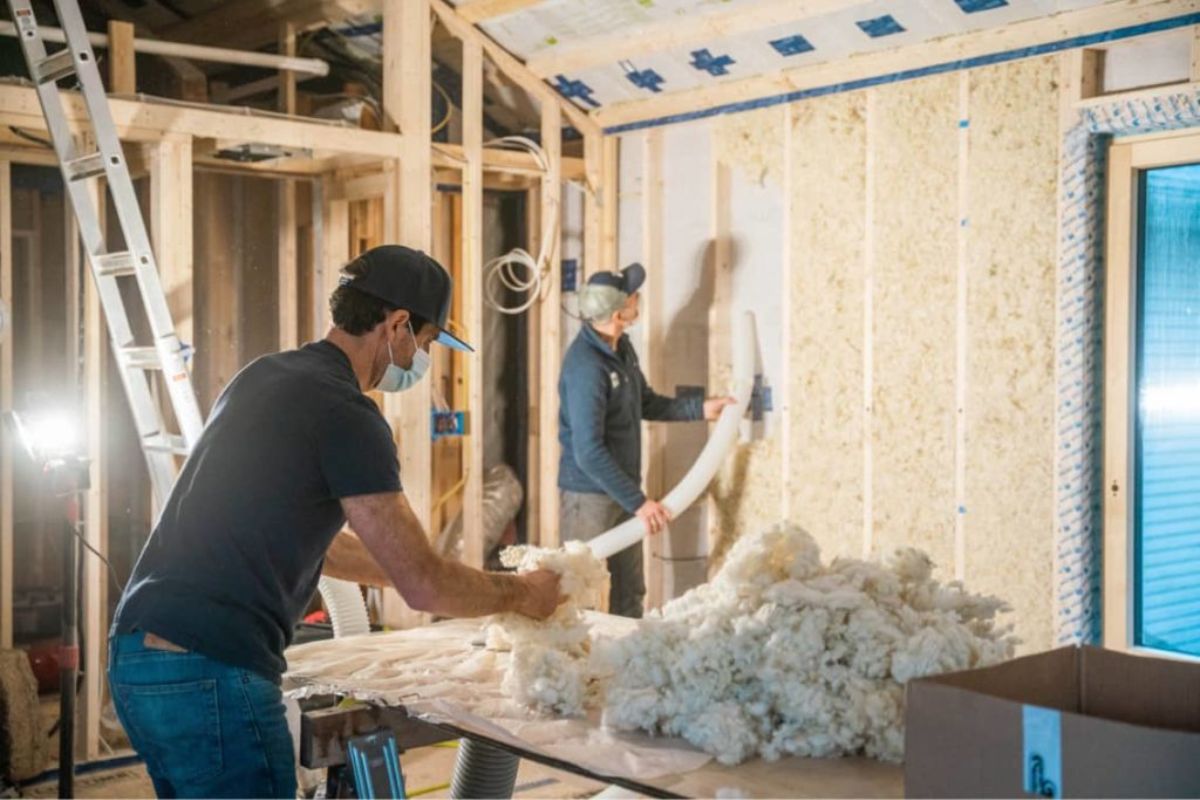
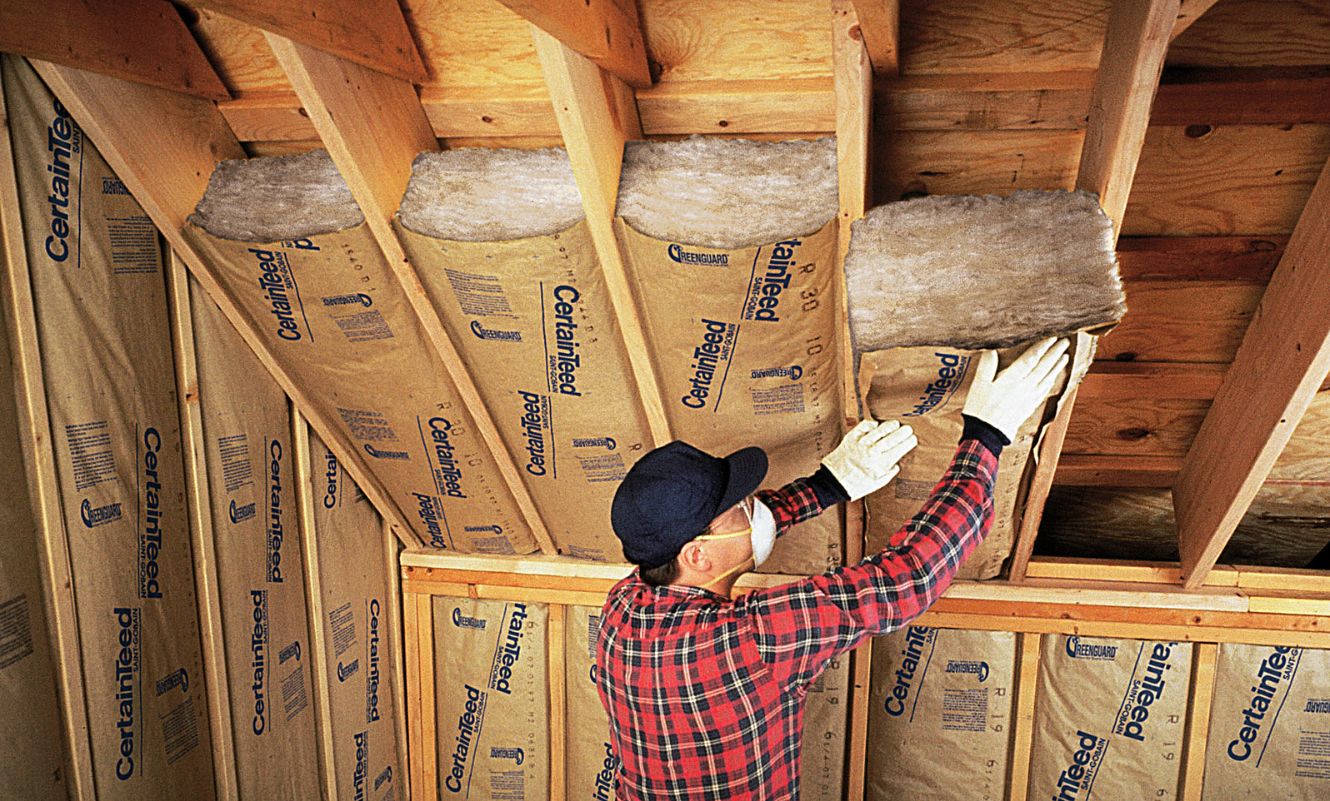
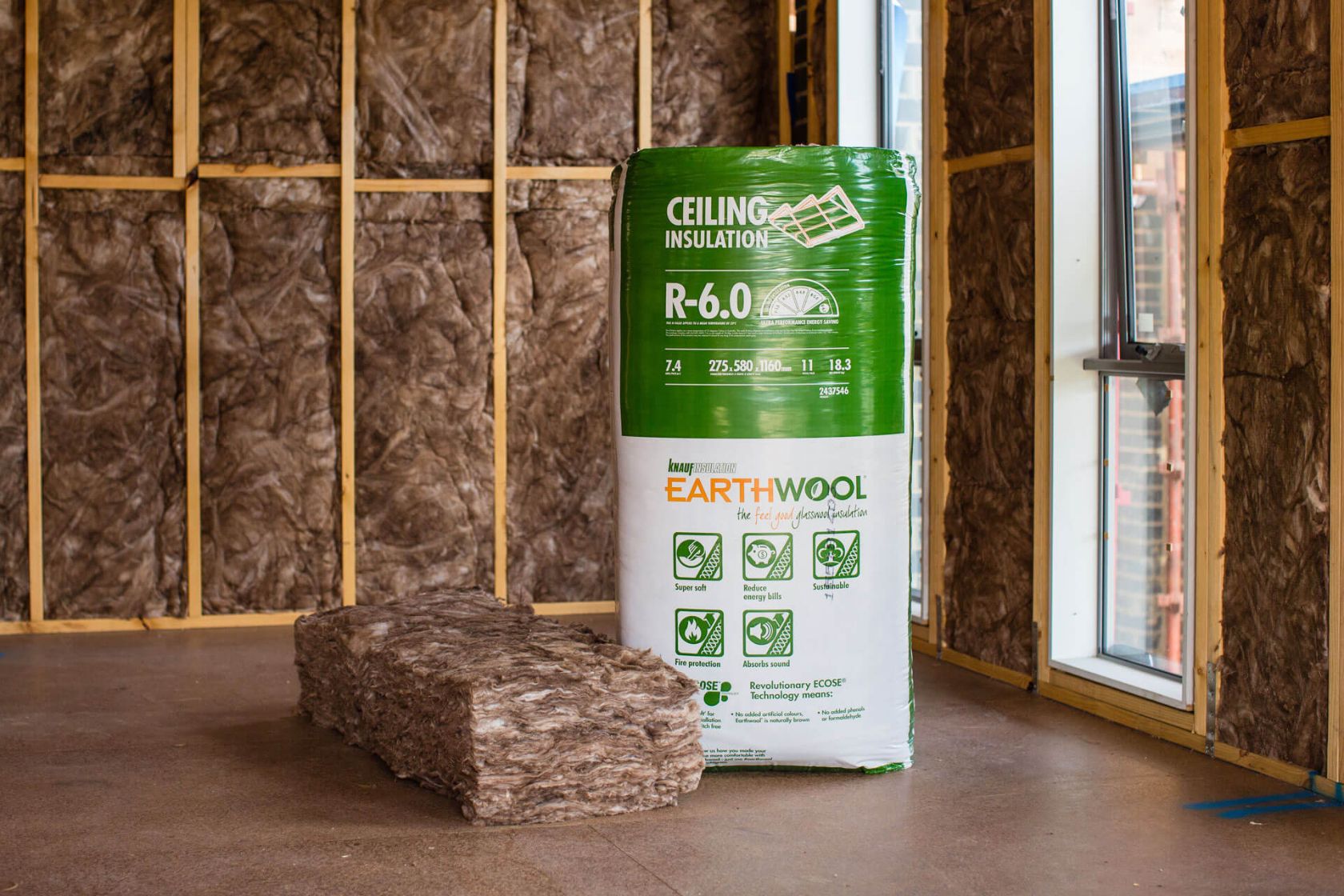
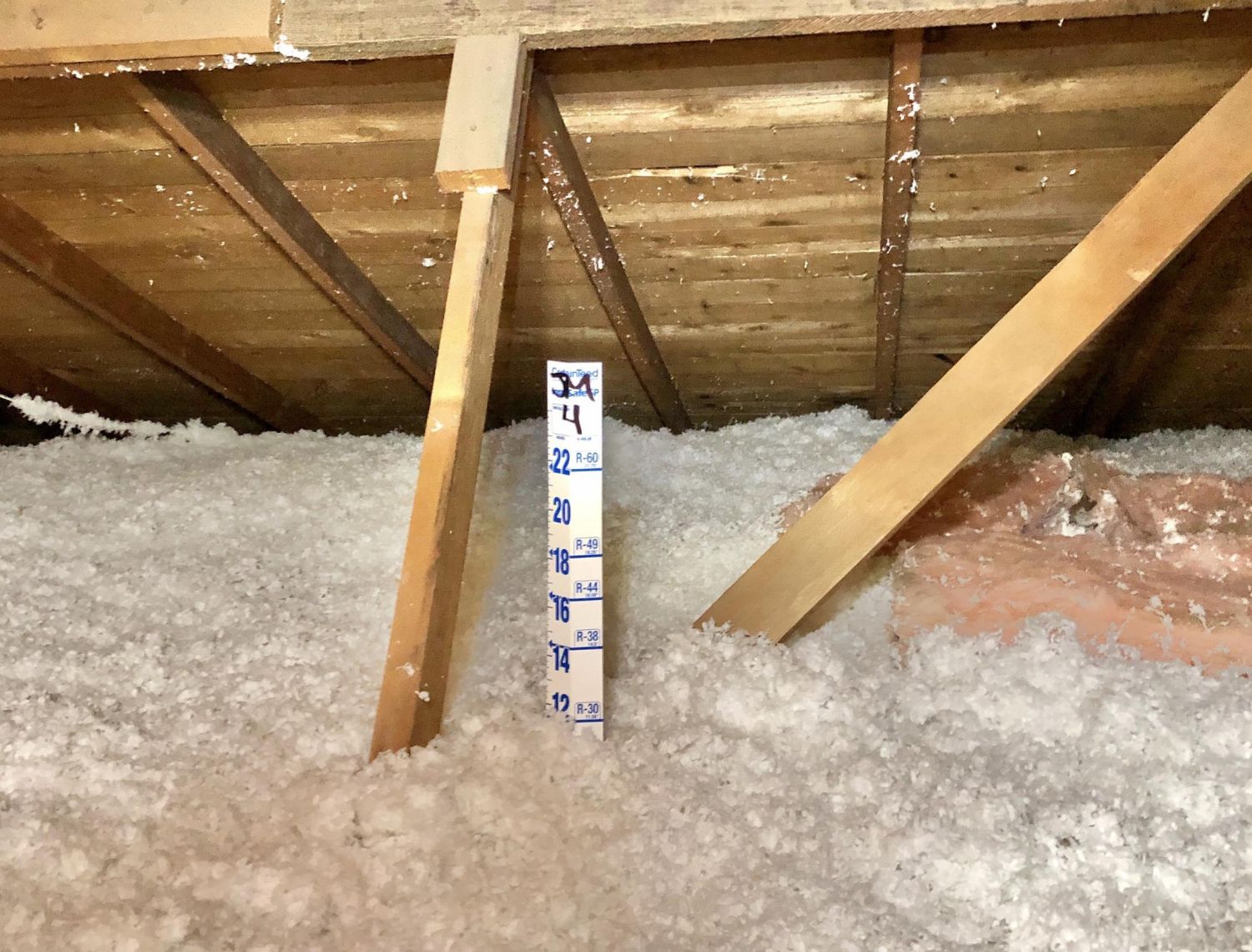
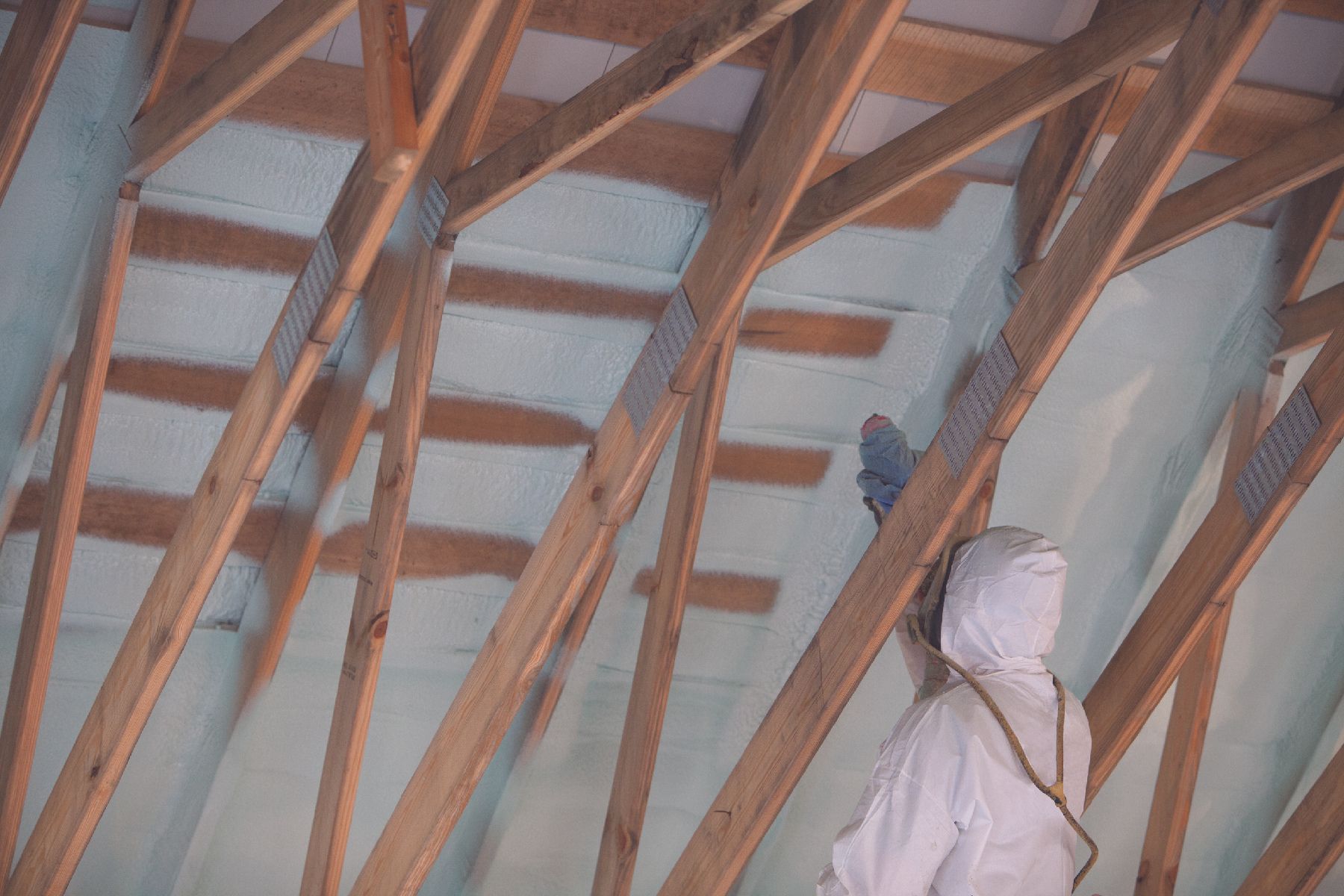
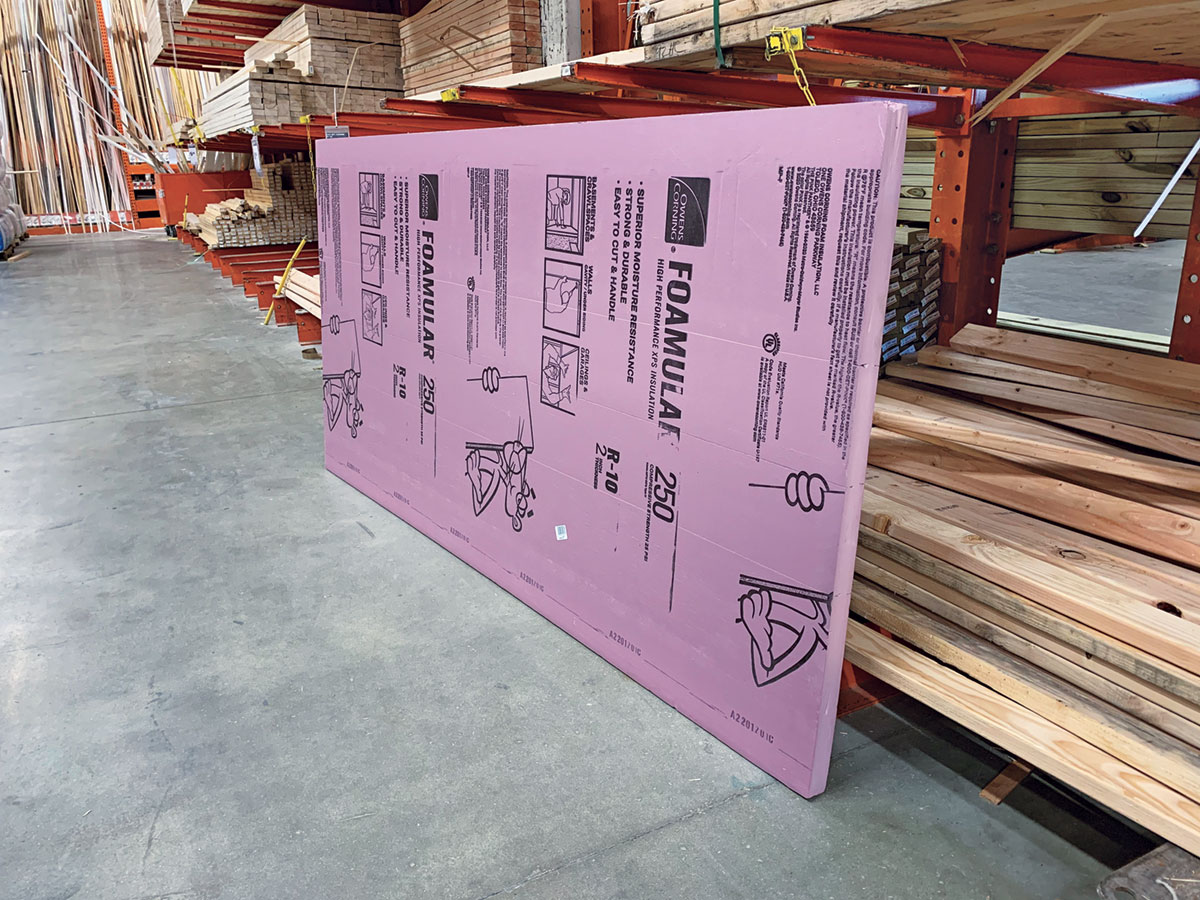
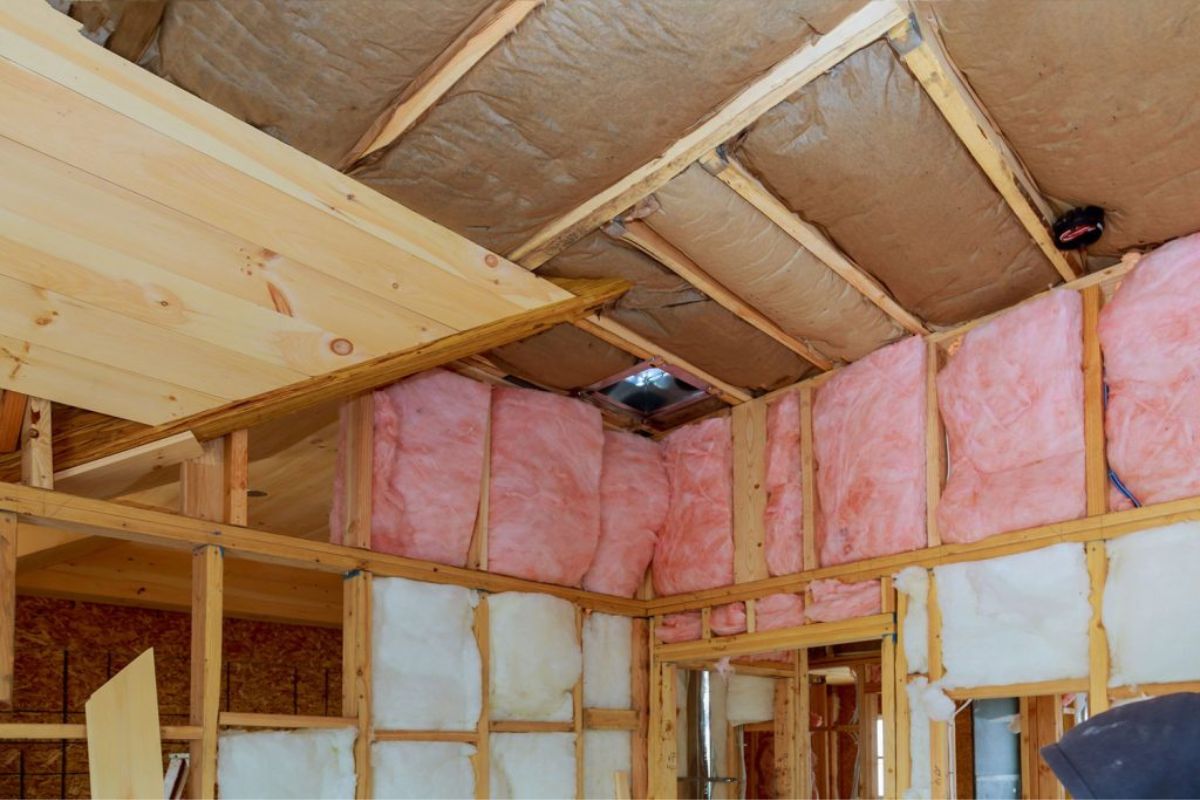
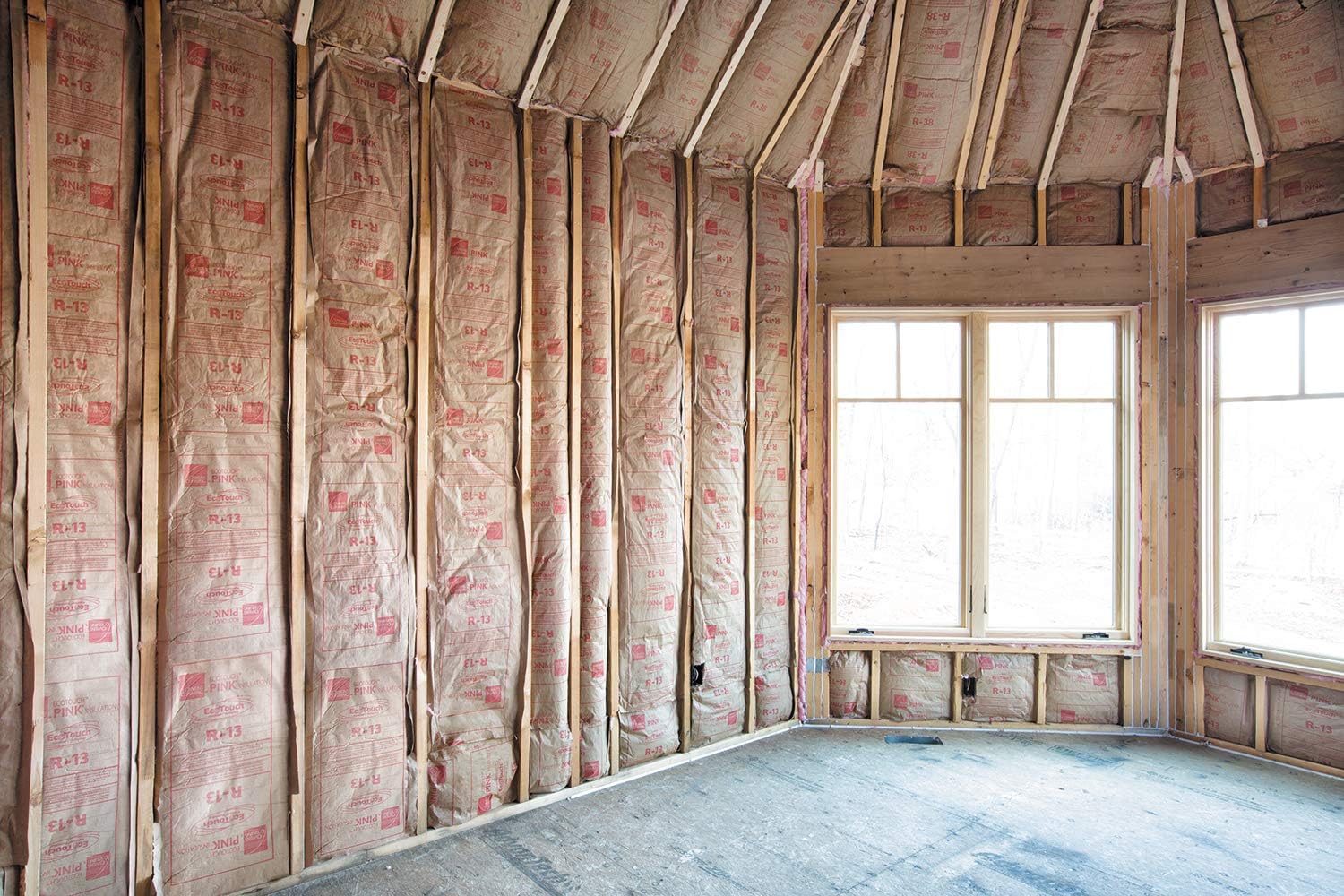
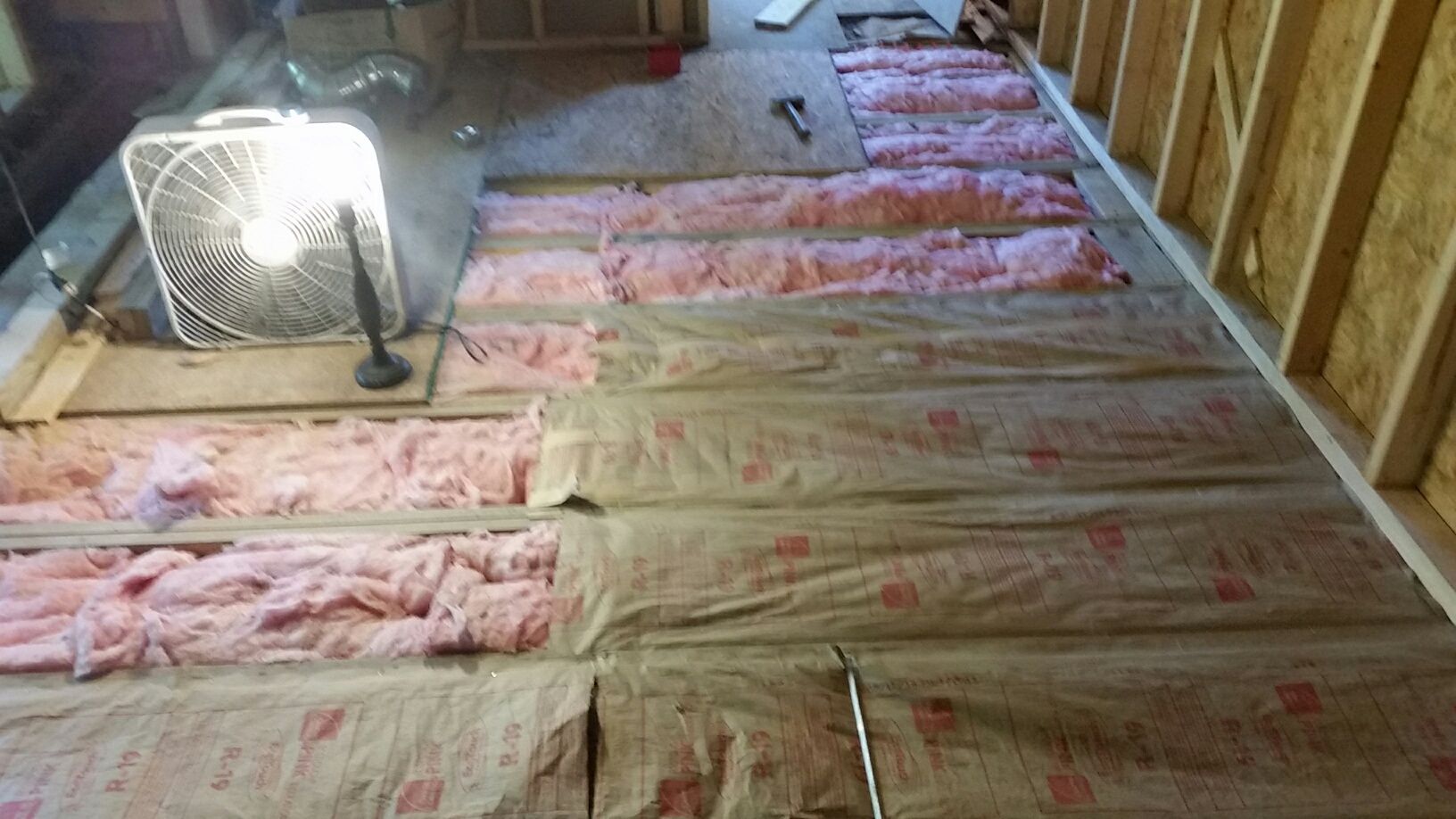
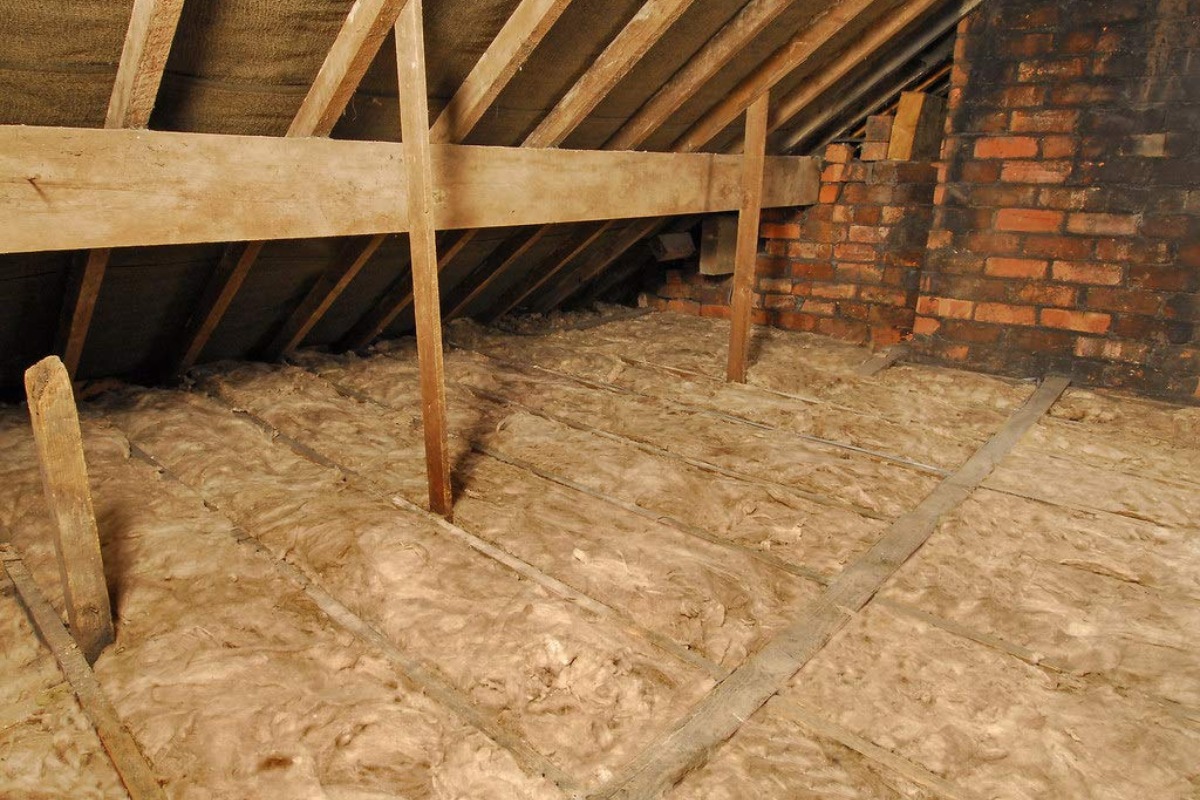
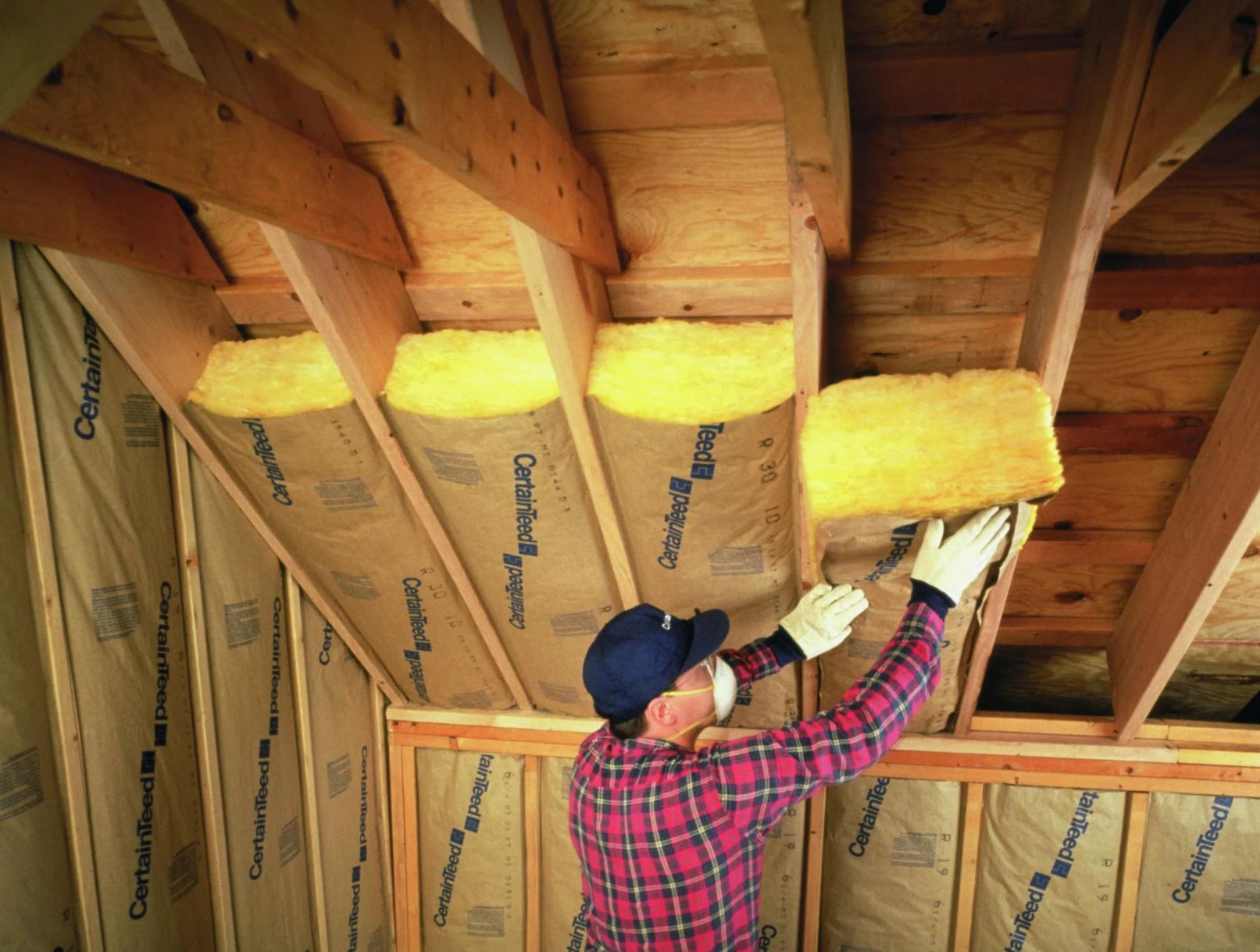
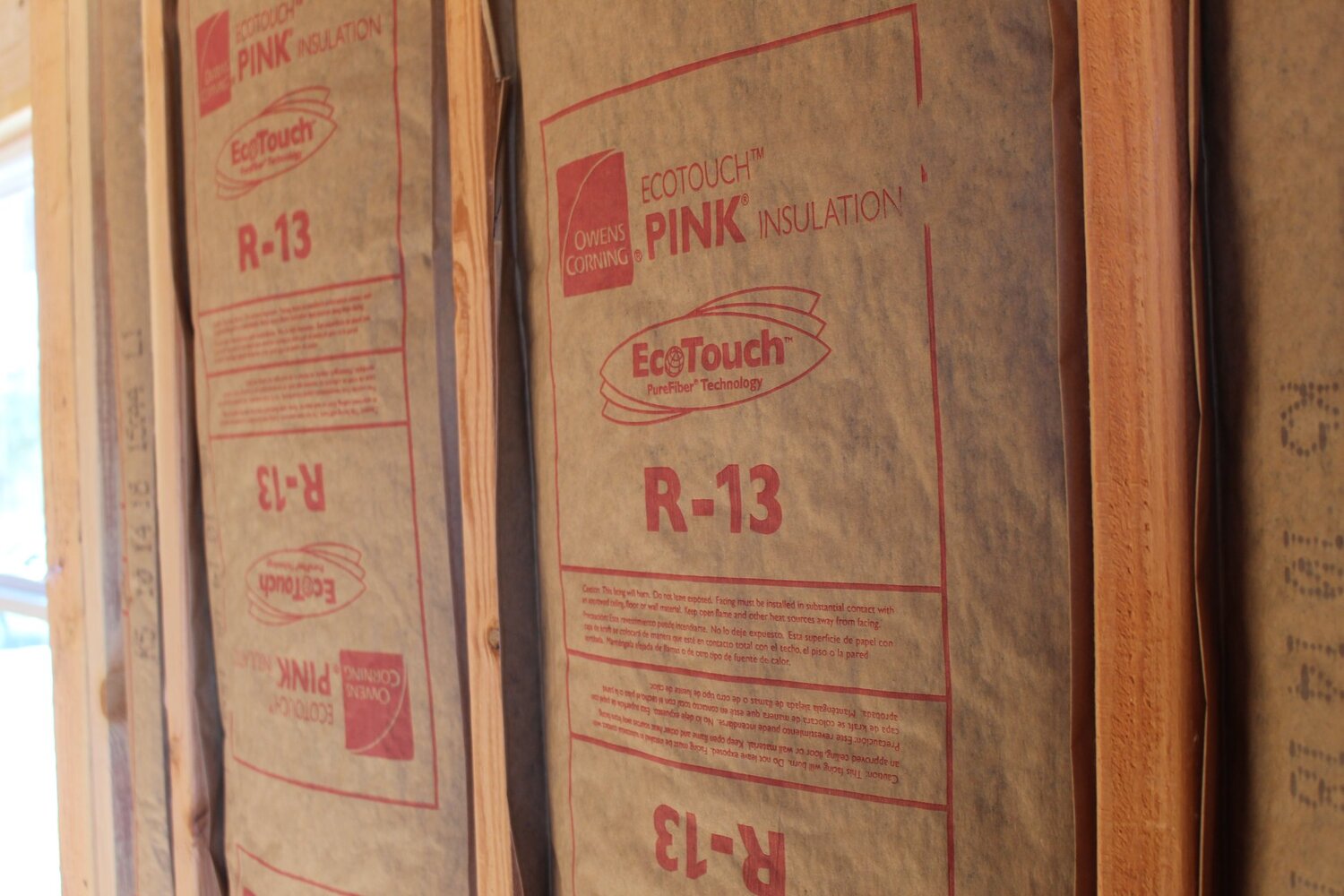
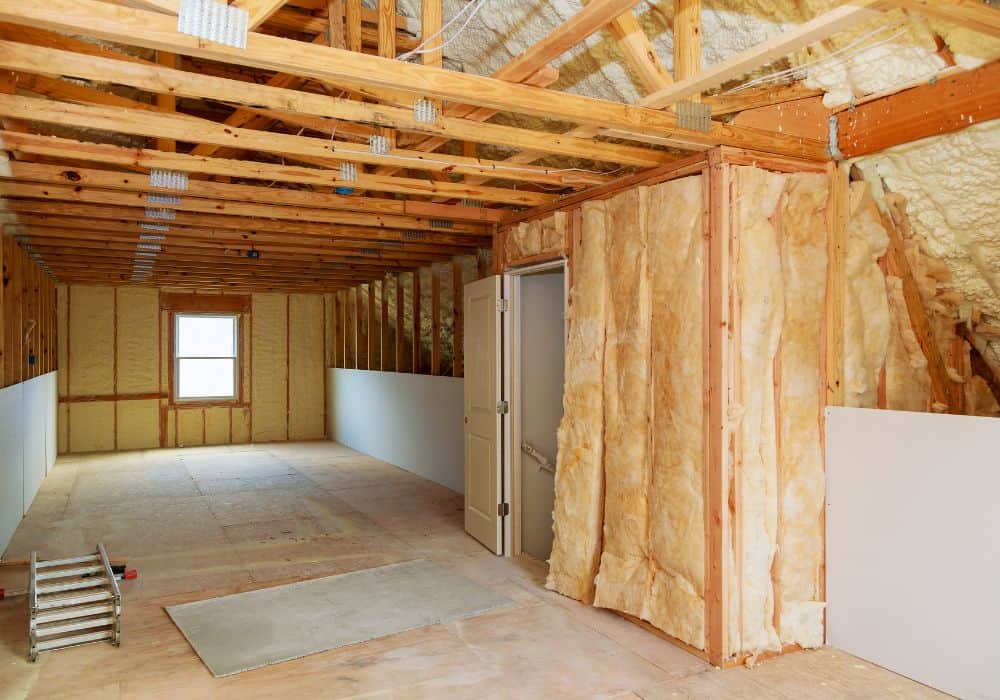
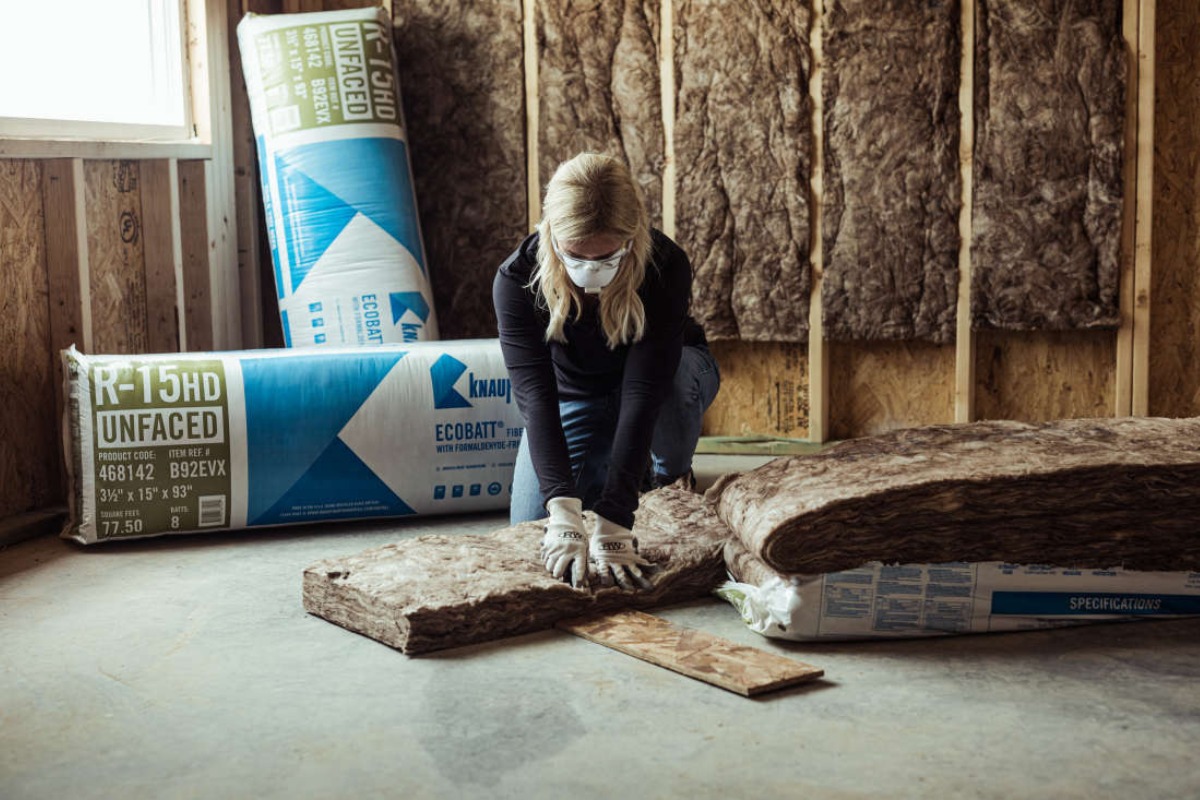

0 thoughts on “How Thick Is R-13 Insulation”